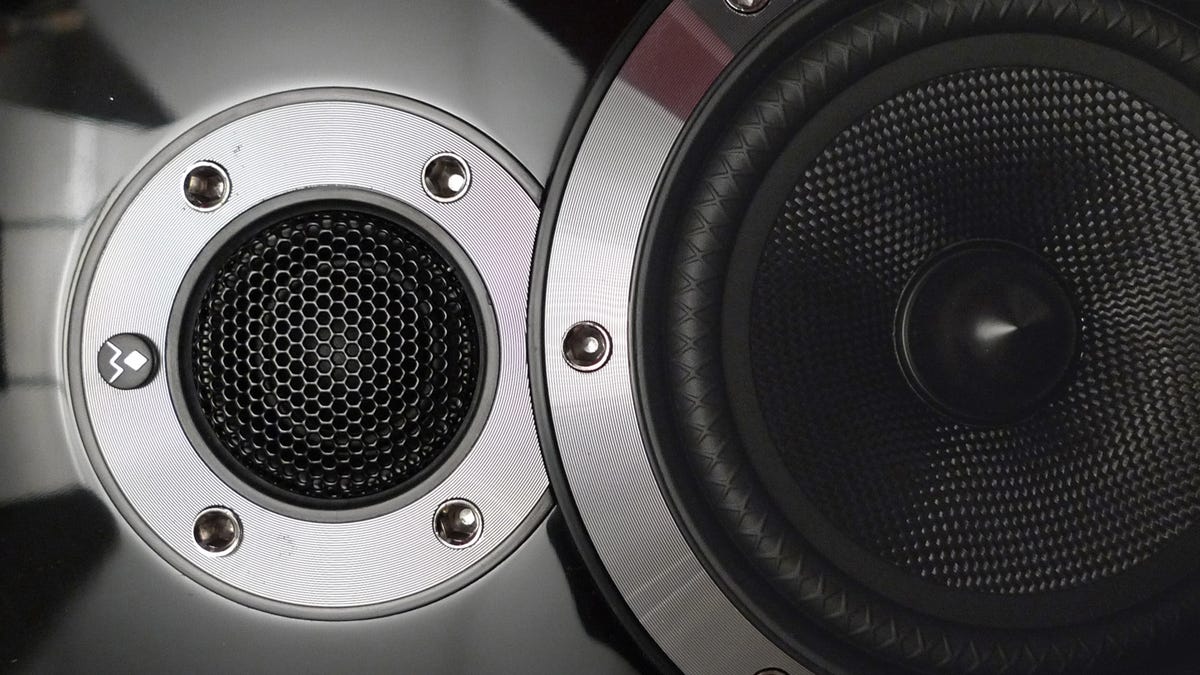What's so great about high-resolution audio?
The Audiophiliac ponders the long and winding road to better sound.

High-resolution audio has a long history, dating back to at least 1999, with the introduction of the Super Audio CD, aka the SACD. DVD-Audio followed a year later, and a hi-res format war was waged for a few years without a clear victor.
Hi-res PCM and DSD download files are now widely available, but under the radar to most music lovers. Are they missing anything? What would it take to get more people interested in hi-res audio? Some say lower prices would attract more users; right now prices range from $11.98/£8.40/AU$16.25 to $27.98/£19.60/AU$37.90 per album. Or maybe a hi-res streaming service would attract a larger audience?
The biggest problem with hi-res audio isn't the price, though it's right up there. The bigger problem is the promised improvements in sound quality are so rarely delivered. Most recordings -- especially rock, but a lot of jazz, classical, world, and hip-hop as well -- don't sound that great to begin with, making the same recording available in hi-res doesn't magically make it any better.
The benefits of high-res are best appreciated with great recordings from audiophile labels such as 2L, MA Recordings, Reference Recordings and AIX Records. These labels produce some of the best sounding music you can buy. Sony is currently making an effort to generate interest in hi-res; we'll see where that leads.
I know it rankles some Audiophiliac readers, but to my ears, a good LP played on a decent turntable sounds better than most high-resolution files. I was thinking about that as I played an original, and therefore all-analog jazz LP of "Herbie Mann Returns to the Village Gate." A couple of years ago I paid $8 for that LP, and its dynamics, transparency, tonal balance, and musicality trumps most contemporary recordings. I listened with my VPI Classic turntable, Ortofon Cadenza Black cartridge and Parasound JC3+ phono preamp, but I've used many other turntables and phono preamps and still felt LPs sounded better than most hi-res files. You'll also need audiophile-grade speakers or headphones to hear hi-res at its best.
If you stick with LPs pressed pre-1980, and play them on a decent turntable from Pro-Ject, Rega, VPI or the like, you'll hear what I'm talking about. Granted, the sound quality of any album -- analog or digital -- is highly variable, but with older LPs you can find a lot of music that sounds awfully good. Newly released LPs can also sound great, but there's no assurance a new LP will sound better than the same music on CD or audio file.
At home I listen to CDs, files and LPs, but on a given night I don't go from LPs to digital formats because returning to digital after listening to LPs is always a letdown -- digital music sounds rather lifeless by comparison. I have no doubt that some day high-resolution digital recording sound quality will regularly surpass the best of analog, but that day has yet to come.
If you have not yet been tempted to try hi-res digital music or get a decent turntable, what are you waiting for?

